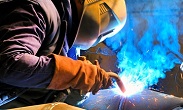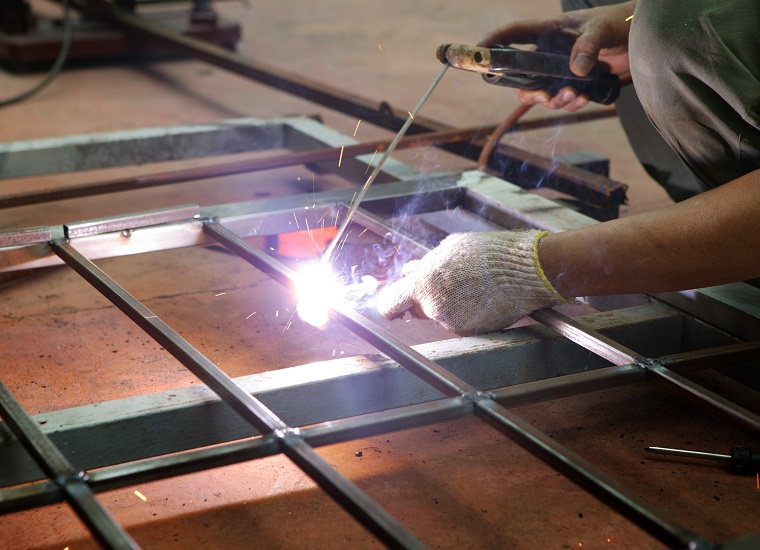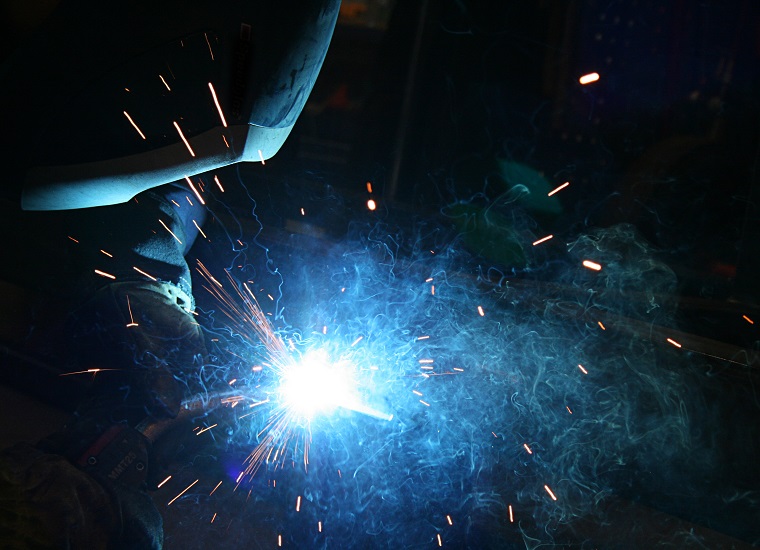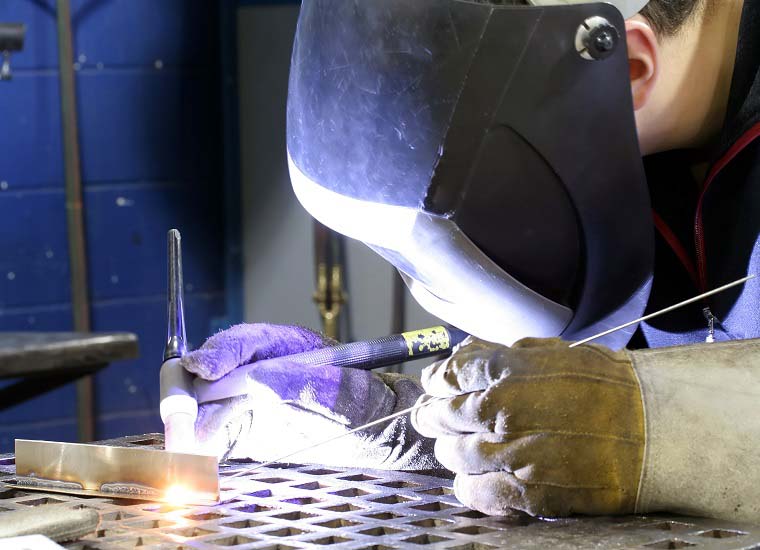Project Description
Welding
Welding is a fabrication or sculptural process that joins materials, usually metals or thermoplastics, by causing fusion, which is distinct from lower temperature metal-joining techniques such as brazing and soldering, which do not melt the base metal. In addition to melting the base metal, a filler material is often added to the joint to form a pool of molten material (the weld pool) that cools to form a joint that can be as strong as the base material. Pressure may also be used in conjunction with heat, or by itself, to produce a weld.
Arc Welding

ARC or Stick welding can be used for manufacturing, construction and repairs and is well suited for heavy metal sizes above 4 millimeters while thinner sheet metals and alloys are more suited to the mig welding types.
Mig Welding

MIG welding is the most widely used and the most easily mastered type of welding. The GMAW process is suitable for fusing mild steel, stainless-steel as well as aluminum.



TIG Welding
Gas tungsten arc welding (GTAW) – also known as TIG (tungsten, inert gas), uses a non-consumable tungsten electrode to produce the weld. The weld area is protected from atmospheric contamination by an inert shielding gas such as Argon or Helium.

Submerged Arc Welding
Submerged arc welding (SAW) – uses an automatically fed consumable electrode and a blanket of granular fusible flux. The molten weld and the arc zone are protected from atmospheric contamination by being “submerged” under the flux blanket.
